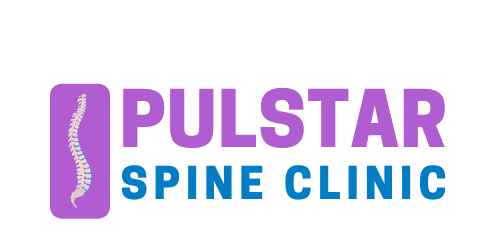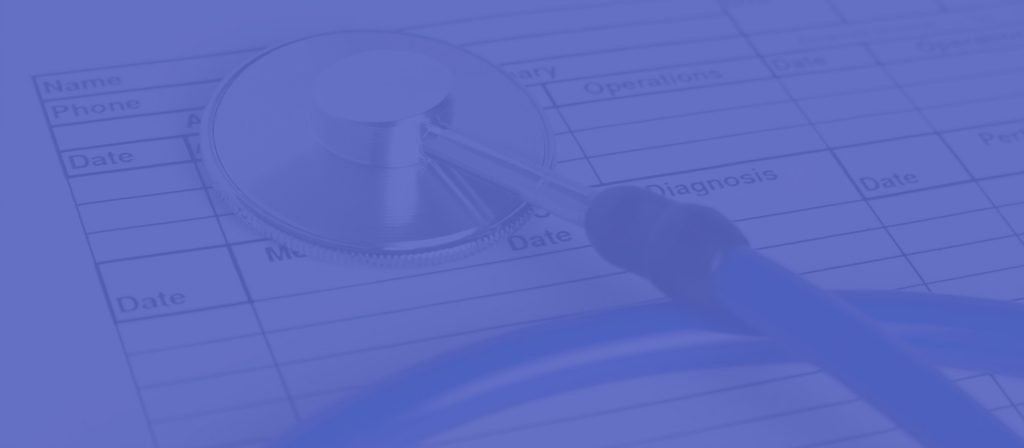
Sciatica
Sciatica Nerve pain is one that arises in your lower back and affects the respective nerves in other areas that lead to thighs, knees and further down the leg of the body with sharp, sudden and shooting pain characterized by weakness in the human body. Usually, this Sciatica pain only affects one side of the body or nerve leading to that area but can affect both sides if the pain persists for a longer period or severity of the condition accordingly.
Sciatica - All You Wanted to Know About Sciatica Leg Pain
Non-Invasive Chiropractic methods for treatment of sciatica in Bangalore
Sciatica– things you must know
The sciatic nerve is the largest nerve in the body. Being the largest nerve, it provides the nerve supply to the posterior muscles of the thigh. While its branches innervate the hamstrings and the outer portion of the legs below the knee and some intrinsic muscles of the foot.
This course followed by the sciatic nerve explains the typical pain of sciatica which extends from the lower back to the thighs or calf.
Low back pain is the leading cause of disability according to the Global Burden of Diseases.
According to statistical analysis:
• The annual incidence of sciatica ranges from 1-6%.
• Sciatica rarely affected people below 20 years of age.
• The most common age group is 25-45 years of age.
• Males are more frequently affected than females.
• Regular walking was found to increase the incidence of sciatica.
• Although, sciatica has a good prognosis, about 30% of patients continue to experience sciatica pain for more than a year.
• In about 90% of cases, the herniated disc was found to be the cause of sciatica.
• Carpenters and machine operators were found to be at a higher risk.
• Smoking and sciatica had a positive correlation according to various studies.
According to research conducted on men in the age group of 69-80 years over a period of 12 months:
• About 54% of men with low back pain and sciatica rated their health as poor.
• Older people with depression were found to be more at risk of developing sciatica.
• In these elderly men, anatomical causes like degenerative changes, osteoporosis, fractures, metastasis, and spinal stenosis were identified.
• Some non-anatomical causes too were found to be risk factors – depression, poor health, and poor physical activity, lifestyle and social circle.
Choosing Our Clinic, Choose The Best Care For You
Causes of Sciatica
- Irritation of nerve roots – the sciatic nerve is commonly injured and irritated when intramuscular injections are administered or from pelvic inflammatory diseases or fibroids.
- Herniated disc – a bulging disc presses against and irritates the adjacent nerve. The herniated disc not just irritates nearby nerves, the disc material contains hyaluronic acid which even inflames the nerves.
- Trauma – as from road traffic accidents or sports injuries. Surgical traumas are included as well.
- Lumbar spinal stenosis – narrowing of the lumbar canal. Pain due to this cause is brought on by walking. Weight-lifters are at a higher risk for lumbar spinal stenosis.
- Nerve root compression as from spinal tumors
- Obesity is a potential risk factor for plenty of serious disorders including sciatica.
- Diabetes mellifluous
- Piriformis syndrome – it is a rare neuromuscular disorder where the piriformis muscle compresses the sciatic nerve.
Depending upon the cause, sciatica may be acute (lasting for 6-8 weeks) or chronic.
Request a Callback
Choosing Our Clinic, Choose The Best Care For You
Symptoms of Sciatica
- Pain – sharp, shooting, cramp-like or burning in character, typically worse from coughing, moving around or prolonged sitting better from pressure.
- Location and extent of pain depend upon the nerve roots involved.
- Tingling and numbness in the lower limb on the affected side.
- Some patients may even experience a restricted range of motion of the back or affected lower limb.
Diagnosis of Sciatica
- Elaborate history taking and a complete physical examination usually point to the diagnosis of sciatica.
- A positive straight leg raise (SLR) test confirms the diagnosis.
- Imaging aids in the further management of sciatica. Imaging is indicated in persons who have persistent symptoms longer than 6-8 weeks. MRI is the choice of imaging as x-rays do not help in visualizing discs.
Management of Sciatica
• Pain medications help to relieve pain temporarily, not permanently.
• Muscle relaxants can be used to treat muscular spasms.
• Steroids are used only for very severe pain.
• Narcotics are often used to relieve pain after trauma or surgeries.
• Surgery is generally advised in cases where some mechanical cause is present, as in, nerve root compression, benign tumors or fractures.
• Physical therapy includes:
- Postural correction and back support
- aerobic exercises
- Stretching and strengthening exercises help in relieving sciatic pain.
- Trans-cutaneous electric nerve stimulation
- Tennis ball therapy
- Infrared light therapy
• Role of alternative medicine in the management of sciatica is well established for a long time. Alternative methods of therapy including massages, reflexology, breathing exercises, acupuncture or cupping, Ayurveda, and homeopathy have a more natural and holistic approach towards management of sciatica pain.
• Avoid sitting for a long time.
• Use ice packs or hot water fomentation for the relief of pain.
• Local application of:
- Horse-radish – extracted, warmed juice with honey.
- Essential oils – chamomile, wintergreen
- Mustard oil along with crushed cloves of garlic
- Nutmeg powder along with ginger oil.
• Staying hydrated with a daily intake of a healthy diet including fresh fruits and vegetables as they provide natural anti-oxidants, nutrients, and vitamins.
How Chiropractors Treat Sciatica?
Chiropractor’s methodology fundamental rule is the realignment of the natural movement of the Spine and corresponding back areas. Being drug-free and non-invasive Chiropractic methods have got positive feedback from patients suffering from this pain related to Sciatica disease. They might use Spinal adjustments, manipulations, therapies, TENS and other treatment that might require your specific Sciatica solutions. MRI (Magnetic Resonance Imaging) and Tomography tests are conducted to diagnose pain in lumbar disc Herniation in a case to pinpoint the specific areas.
There are also specific Sciatica exercises that provide relief from the specific pain areas considerably. Lying flat on the back of the floor, keeping hand and shoulder area at rest while forcing the lower legs to go create maximum angle is used to diagnose and simultaneously treat this Sciatica disease.

